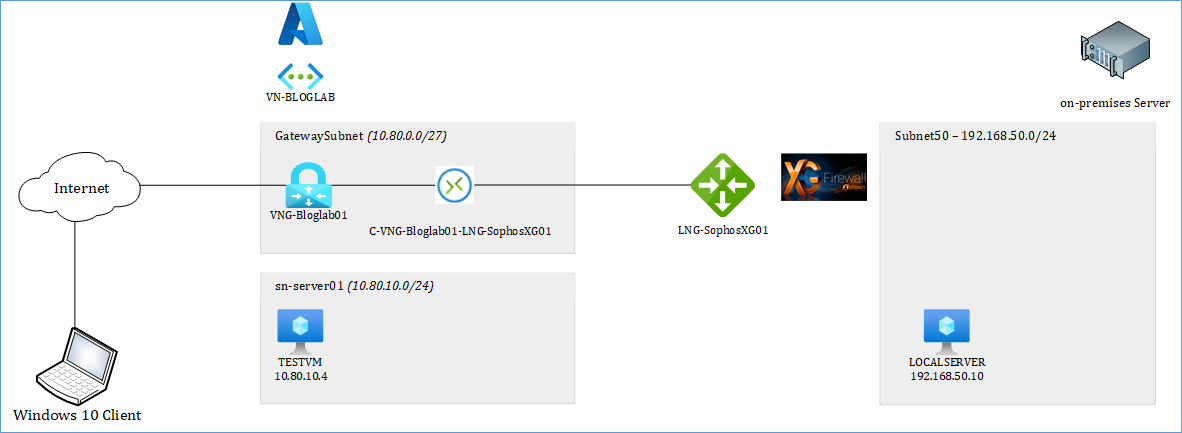

After the gateway is created, view the IP address that has been assigned to it by looking at the virtual network in the portal. The Gateway SKU that you select determines how powerful This is because the VMs for the VPN gateway are being deployed to the GatewaySubnet and configured with the settings that you specified. Provisioning a virtual network gateway may take upto 45 minutes. Public IP Address – Click Choose a Public IP address and select Create New and name it as
Virtual network: Choose the virtual network AzureP2S-VNET. SKU: Select the gateway SKU from the dropdown. On the Create virtual network gateway page, fill in the values for your virtual network gateway. In the Azure portal, on the left side, click All Services and navigate the Networking section and click Virtual network gateway. To match your configuration requirements, then click OK at the bottom of the page to create the subnet. Adjust the auto-filled Address range values This value is required in order for Azure to recognize the subnet as the gateway subnet. The Name for your subnet is automatically filled in with the value ' GatewaySubnet'. On the Subnets page, click Gateway subnet to open the Add subnet page. In the Settings section of your VNet page, click Subnets to expand the Subnets page. In the Azure portal, navigate to the VNET we just created – AzureP2S-VNET. And don't deploy VMs or anything else to the gateway subnet. Don't name your gateway subnet something else. All gateway subnets must be named ' GatewaySubnet' to work properly. You need to create a gateway subnet for your VNet in order to configure a virtual The gateway subnet contains the IP addresses that the virtual network gateway services use. Once the VNET is created, we need to create a gateway subnet for the virtual network. Subscription: If you have more than one subscription, verify that you are using the correct one. You can have more than one address space for your VNet. Select a name for your Virtual Network, create a larger address space and a subnet and selectįor this demo, we use only one address space. Log in to the Azure management portal –. They are also included within an availability set for improved fault tolerance. There will be two additional domain controllers placed in an Azure VNET for. To support the azure hosted application servers we are going to extend our on-premises AD DSįorest to the cloud using point-to-site VPN. The application servers are domain joined servers and using the AD DS as an identity source for authentication and authorization. 
External users are accessing application servers They are moving some traditional application server workloads to the Azure cloud. In this scenario, the customer already have an established AD DS forest on-premises. The lab environment, we will be using point-to-site (P2S) for the demo. The steps are similar for extending your forest using Site-to-Site VPN and Express Route. In this post, we will be providing step by step instructions to extend on-premises AD DS forest to Azure using point to site VPN. To reduce the latency caused by sending authentication and local authorization requests from the cloud back to AD DS running on-premisesĬustomers are extending their on-premises AD DS forest to the cloud by placing additional domain controllers in the Azure compartment.
#Azure point to site vpn route based windows#
Traditional windows applications hosted on cloud needs Active Directory on the cloud for authentication and authorization.
Integrate your on-premises domains with Azure AD.  AD DS in Azure joined to an on-premises forest. Azure provides different options to host your identity in the cloud. All customers are moving their on-premises Windows application server workloads to the Azure cloud to save the operating costs, scalability and quick deployment.Īctive Directory is used to authenticate the user, computer, application, or other identities. Microsoft Azure became a new infrastructure component of current traditional datacenter management. Integrated tools, DevOps and a marketplace support you in efficiently building anythingįrom simple mobile apps to internet-scale solutions. Azure is a comprehensive set of cloud services that developers and IT professionals use to build, deploy and manage applications through our global network of datacenters.
AD DS in Azure joined to an on-premises forest. Azure provides different options to host your identity in the cloud. All customers are moving their on-premises Windows application server workloads to the Azure cloud to save the operating costs, scalability and quick deployment.Īctive Directory is used to authenticate the user, computer, application, or other identities. Microsoft Azure became a new infrastructure component of current traditional datacenter management. Integrated tools, DevOps and a marketplace support you in efficiently building anythingįrom simple mobile apps to internet-scale solutions. Azure is a comprehensive set of cloud services that developers and IT professionals use to build, deploy and manage applications through our global network of datacenters.







 0 kommentar(er)
0 kommentar(er)
